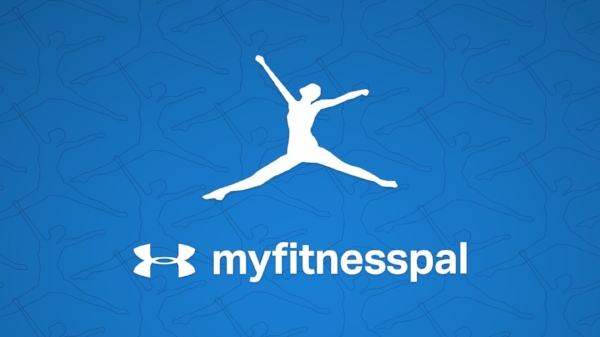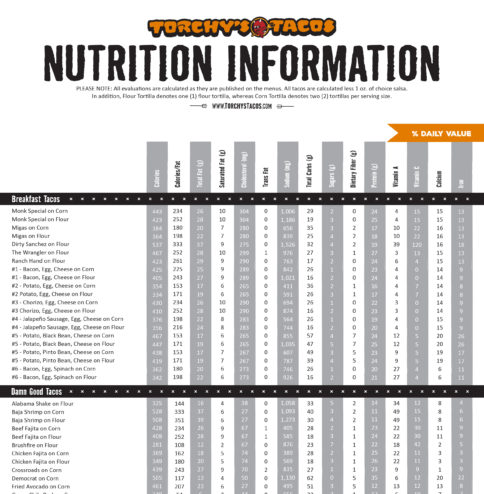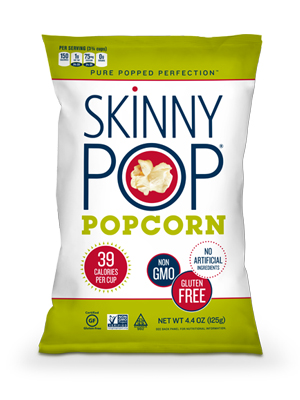It is tough enough as a diabetic trying to work out the right nutrition in a meal, and going out to eat can be even more difficult. When you suffer from diabetes, you have to watch out for carbs and calories, of course. Add sodium, fats, and cholesterol to the watchlist makes nutrition even more challenging. Every restaurant creates their food in different ways, too, so a salad at one restaurant can be wildly different from the next.
Hope is not lost, however, since there are ways to keep an eye on meals and nutrition. Between apps, ingredient lists, menus, and common sense, often you can get close enough with nutritional measurements that you aren’t exceeding any limits. There’s not a perfect system, and sometimes information is outdated. But typically some information is better than none.
 My Fitness Pal and Other Apps
My Fitness Pal and Other Apps
Finding the nutrition contained in a restaurant’s meal can be tricky, but often using an app like My Fitness Pal can help. As discussed previously, the app is very helpful to find the nutritional values for most anything. Like many apps, it includes a strong connection to several food databases, and to the menus of popular restaurants.
These features are essential to tracking nutritional values, especially to remove some of the guesswork out of the data. Restaurants like McDonald’s, Jimmy John’s, Panera Bread, and many national chains are featured in the app, which is perfect to cut down on guessing. While guessing at values based on individual ingredients might do in a pinch, it isn’t obviously the most accurate.
The other problem with tracking is that data from chains isn’t always accurate, if a restaurant is featured at all. My local Colorado favorites are not in there, so I have to take an educated guess at ingredients and cooking methods. La Luz Mexican? No. Lucille’s? No. Austin’s? Of course not. Panda Express? Yes! It’s a chain, of course it’s in there. Silly rabbit.
So, I simply try to use the menu or educated guesses to figure out what ingredients are in the meal. It’s never perfect, and different types of the same ingredient offer different nutritional values. Guessing at the type of beans in the chili could include kidney beans, pinto, great northern, black, and any other kind of legume. But it’s worth taking a stab at it, to try to get as close of a data point as possible.
Download A Menu With Nutritional Information
If an app can’t find the information, often nutritional values can be found on the restaurant’s website. Some, like McDonald’s, have tried to show off their programming prowess with as difficult and useless nutritional guide as can possibly be made. Others, like Torchy’s Tacos, offer a downloadable PDF or dedicated webpage with all or most of their nutritional data.
Finding a meal on a PDF menu is very helpful, since, like My Fitness Pal and other apps, all of the nutrition is already figured out for you. Menus may also fill in gaps of values that the apps might not have, especially with local eateries. Take Torchy’s Tacos for example. I can find the Beef Grande Burrito on the menu and—holy crap, there are 111g of carbs and 1260 calories in that.
Let’s back up. I can find the Ranch Hand taco with 17g of carbs, 763g of sodium, and 423 calories, and know how that’s going to affect my diabetic test results in the future. Or, if I’ve kept carbs down to that point in the day, whether I have the wiggle room to have guacamole or another low-carb taco as well.
Unfortunately, not all restaurant websites post their nutrition information. Some only post their general menus without that information, which leads back to guess. Some offer so much information that they can be difficult to sort through for the right information. Luckily, there are enough restaurants posting nutritional values that it is usually easy to find the important data.
Take a swing at nutrition with the old guessing box
Sometimes the nutritional data simply isn’t available, especially with smaller establishments. Or, in a situation like Torchy’s, the restaurant is offering a special that isn’t in a larger corporate menu. In these cases, you just have to take a guess. If you have an app, combined with some common sense and experience, a guess might not be too far off at all. An educated guess is better than having no information at all, and at least in data tracking you would be able to see what the original dishes’ ingredients were. With that, if some food causes an issue, it would be listed in your records even without the entire calculated meal.



